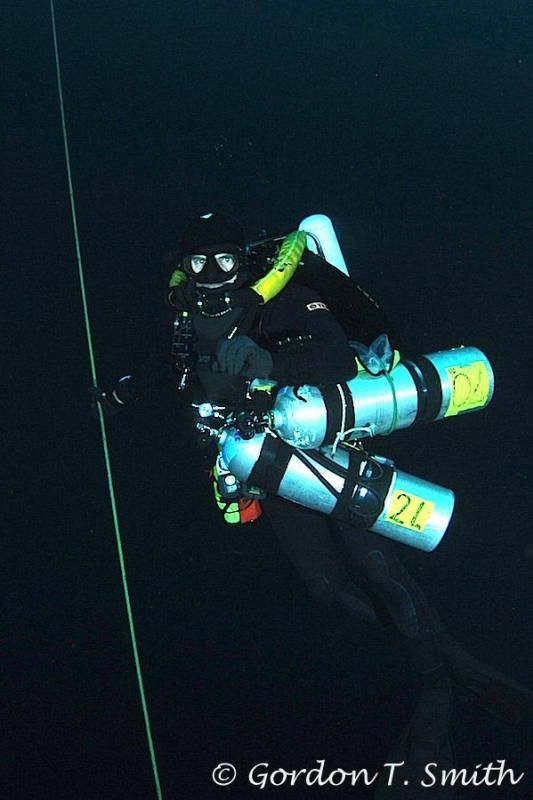Helter Skelter,
If you search "explosion" in the Accidents forum, you'll see several threads that should be of interest to anyone considering working with scuba cylinders containing pure oxygen. This one (http://www.scubaboard.com/forums/ac...10-o2-tank-explosion.html?highlight=explosion) and another one involving a pickup truck, shaped my thinking about whether I want to have oxygen scuba cylinders around if they're not absolutely necessary.
Safe Diving,
rx7diver
And here is the second thread: http://www.scubaboard.com/forums/ac...deco-cylinder-mishap.html?highlight=explosion.





